Rotate your device back to portrait Mode!
Leasing is a popular method of acquiring new equipment for your business. Although the payments may seem attractive, it may not always be the best financial decision versus purchasing the equipment outright and financing it with a low interest loan. Use the following calculator to analyze the total financial impact of up-front fees, interest rates and residual value on the lease versus buy decision.